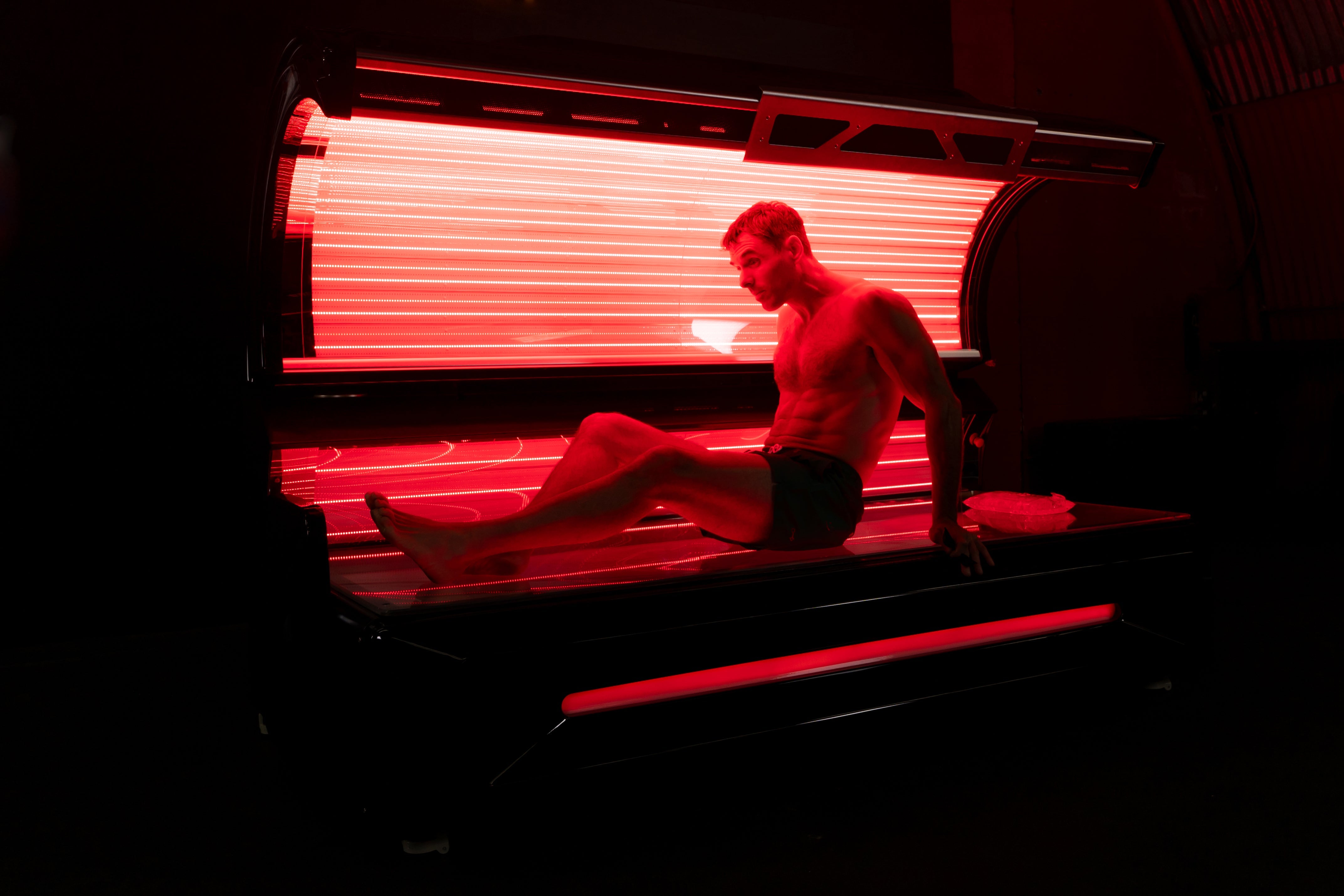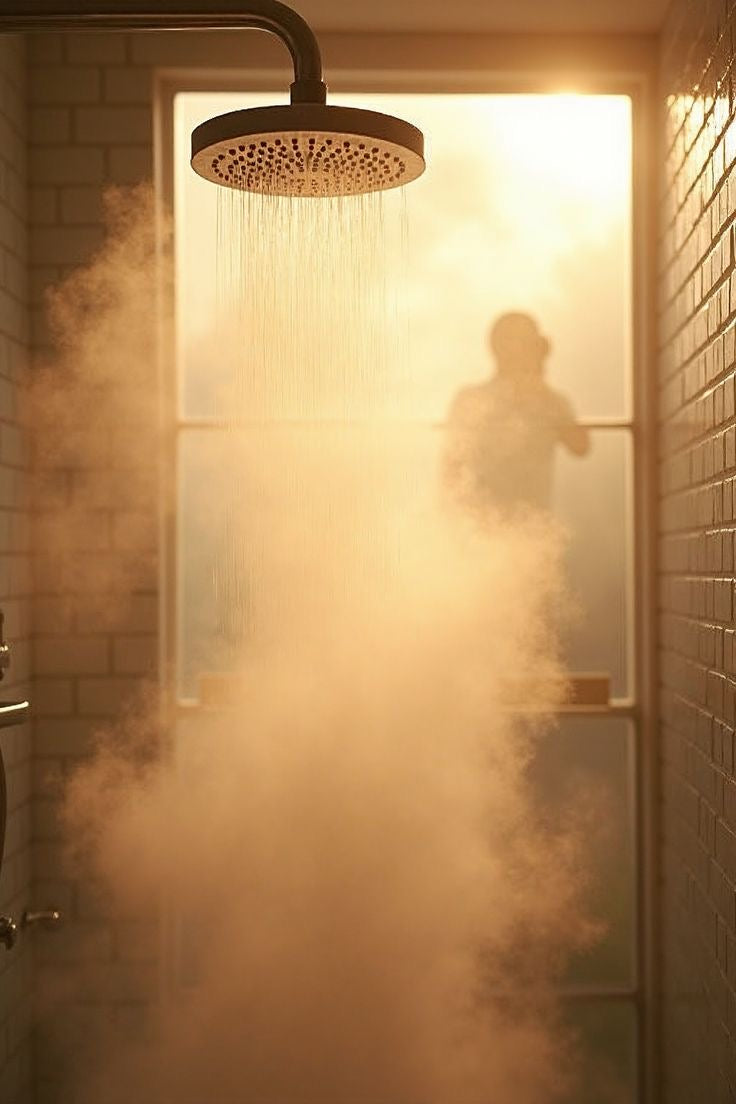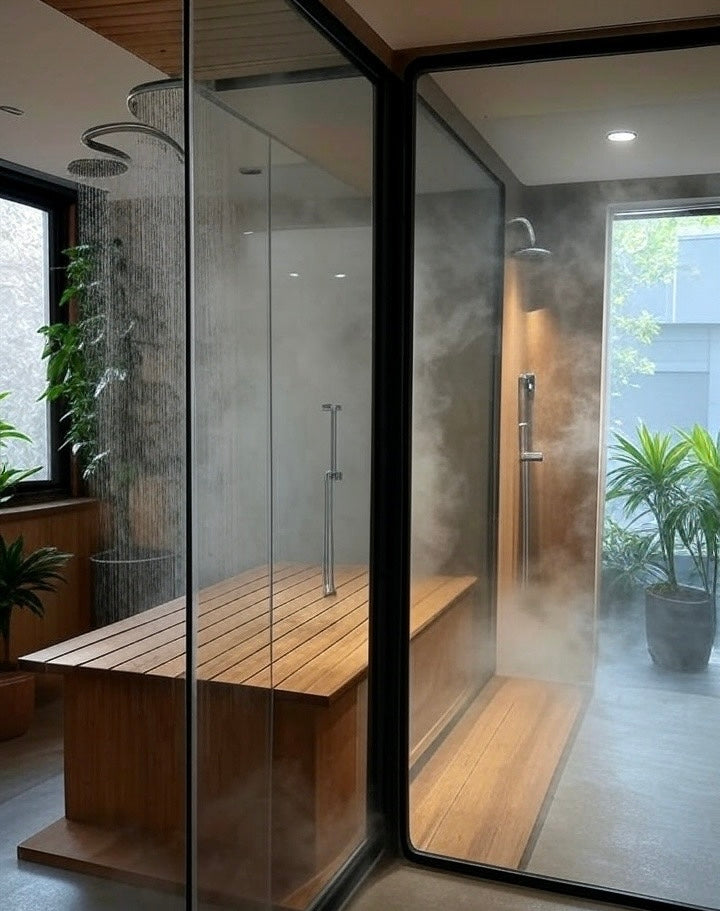Ever wondered what Red Light Therapy actually works—and which ones just glow pretty? Short answer: the ones using the right wavelengths and power levels, like Red Light Therapy Panels and Beds. Curious if Red Light Therapy at Home can deliver real results? Keep reading, your skin and muscles will thank you!

What is Red Light Therapy and How Does it Work?
The Science Behind Red Light Therapy (Photobiomodulation)
Red light therapy works through a process called photobiomodulation, also known as low-level light therapy (LLLT).
It uses specific wavelengths of light to stimulate your cells—particularly the mitochondria. These little powerhouses create ATP, the energy source your body uses for repair and function.
When ATP production increases, your cells become more efficient. This helps with healing, reducing inflammation, and restoring damaged tissues.
Understanding Different Wavelengths
Red light typically falls between 630nm and 660nm, while near-infrared light ranges from 810nm to 850nm.
Red light affects the skin's surface layers, helping improve complexion and signs of ageing. Near-infrared, on the other hand, penetrates deeper to support muscle and joint recovery.
Choosing the right wavelength matters depending on the issue you're targeting—surface or deep tissue.
The Proven Benefits of Red Light Therapy
For Skin Health and Anti-Ageing
Reducing Wrinkles and Fine Lines
Red light encourages collagen production and activates fibroblasts.
This improves skin firmness and elasticity. Over time, fine lines begin to soften, and the skin appears more youthful.
Treating Acne and Inflammation
Red light therapy reduces inflammation and promotes faster healing.
It can calm acne-prone skin and help manage flare-ups by soothing redness and boosting recovery.
Improving Scars, Stretch Marks, and Complexion
Regular use of red light therapy enhances skin texture and tone.
It supports scar fading and improves the appearance of stretch marks. With better blood flow and healing, your skin looks healthier overall.
For Hair Growth and Restoration
Stimulating Hair Follicles
Red light boosts circulation and energises dormant hair follicles.
This promotes healthier hair growth by increasing cellular energy in the scalp.
Evidence for Androgenic Alopecia
Research shows that red light therapy may be beneficial for androgenic alopecia.
Both men and women have reported reduced hair loss and gradual regrowth when using it consistently.
For Pain Relief and Physical Recovery
Easing Chronic Pain
Red light may provide relief from conditions like arthritis, fibromyalgia, and osteoarthritis.
It works by reducing inflammation in affected joints and muscles.
Reducing Muscle Soreness and Accelerating Healing
It’s a popular recovery tool for athletes and fitness lovers.
Red light therapy helps reduce soreness and speeds up healing after intense workouts or injuries.
Is Red Light Therapy Right for You?

In-Office vs. At-Home Devices
Professional clinic devices are usually stronger and offer faster results—but they come at a higher cost.
Red Light Therapy at Home devices, like panels, masks, and handhelds, are more affordable and convenient for regular use.
Look for models that are FDA-cleared or CE-certified to ensure safety and effectiveness.
The Importance of Consulting a Doctor or Dermatologist
Before starting any red light therapy routine, it’s best to speak with a healthcare provider.
Certain medications or conditions can cause sensitivity to light. Professional advice ensures you get the benefits safely and appropriately.
Takeaways
-
What red light therapy actually works? The ones using correct wavelengths (like 630–850nm) and adequate power output.
-
Proven benefits include better skin, hair growth, and pain relief.
-
Red Light Therapy at Home can be just as effective—if you choose well.
-
Stay consistent, use the right device, and speak with a doctor for best results.






